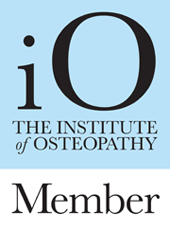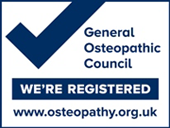Back Pain
Back pain accounts for over 50% of patient cases seen by osteopaths. It is extremely common, affecting people of all ages and in the United Kingdom back pain is the largest cause of absenteeism in the workplace. Most people experience back pain at some point and it can be very debilitating, leading to a reduced quality of life.
Back pain need not produce symptoms in the back alone. It can manifest remotely with symptoms such as pain in the buttocks, groin or legs (commonly known as sciatica) as a result of pressure on specific nerve roots. Back problems can also contribute to pain in other areas (such as the head, neck, shoulders and arms) where the mechanical function of the entire body has been affected. Conversely, a problem elsewhere in the body can lead to back pain (for example a hip or ankle problem causing a patient to walk differently, resulting in back pain).
Osteopaths are renowned in the treatment of back pain, using a variety of techniques to suit patients of all ages. The National Institute for Health and Clinical Excellence (NICE) has acknowledged osteopathic manipulation, mobilisation and soft tissue massage as effective therapies in the management of low back pain. Osteopathy is often the most effective first line of treatment in correcting mechanical problems leading to back pain and preventing things from becoming chronic.
A range of pathological conditions and diseases can also produce back pain, including but not limited to abdominal and pelvic disease, cervical or lumbar spondylosis (degenerative change), osteoarthritis, kidney disease, rheumatic conditions and tumours. Whilst these conditions cannot be cured by osteopathic intervention, osteopaths are skilled in diagnosing problems that may require further investigation or medical treatment. In addition, the correction of any underlying mechanical disturbances in the musculoskeletal system may have a very positive effect on some of the symptoms involved.


